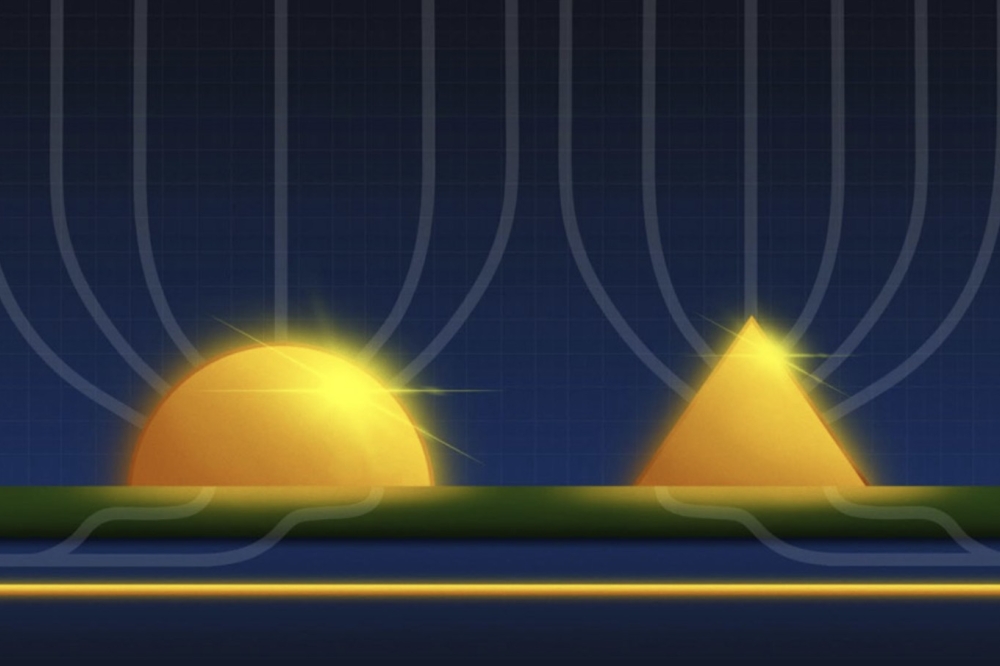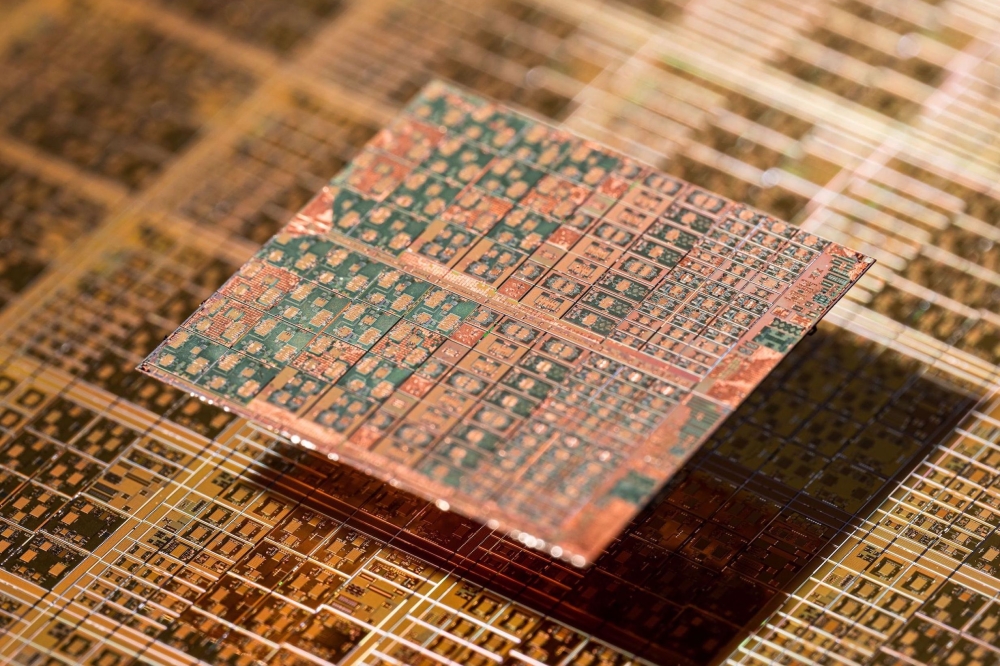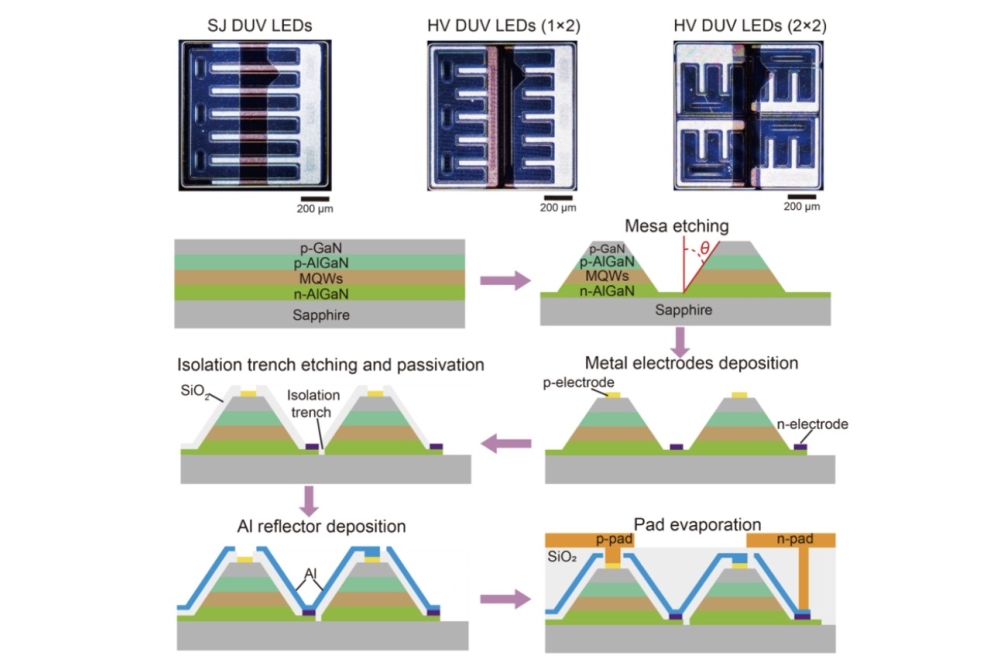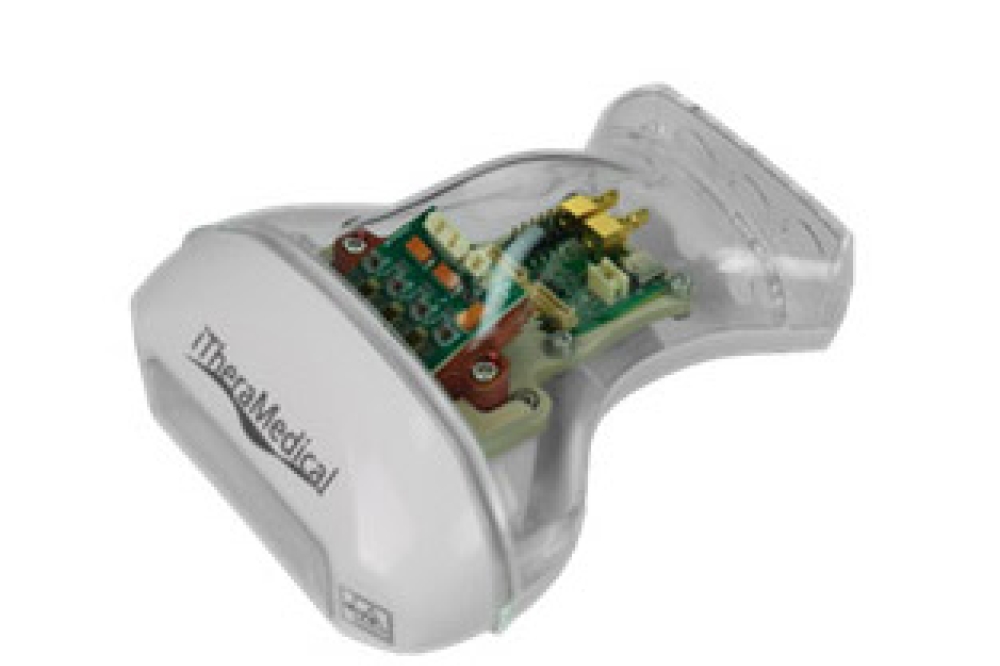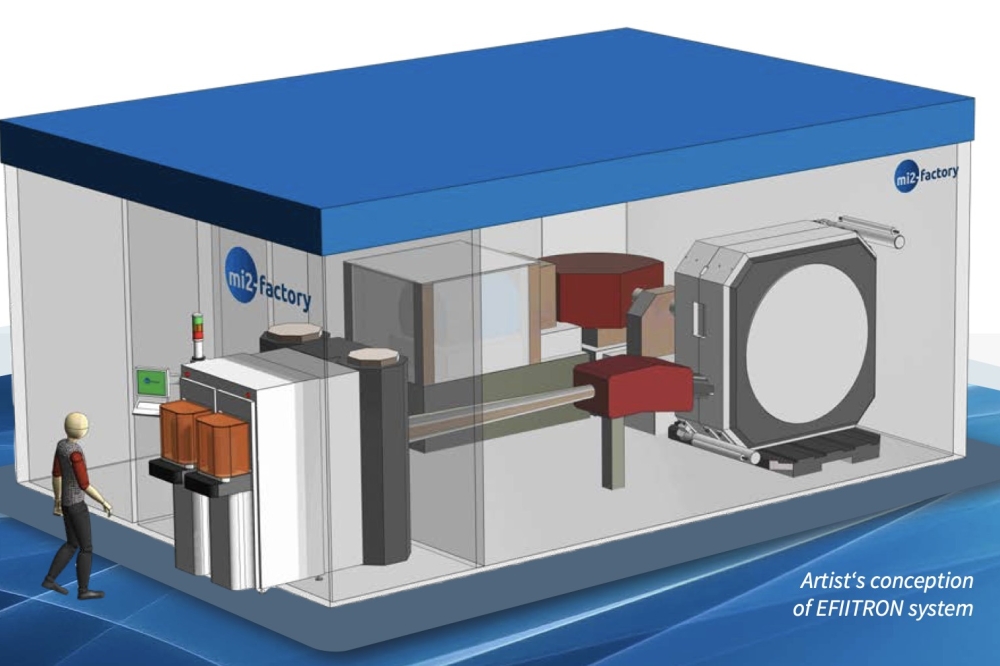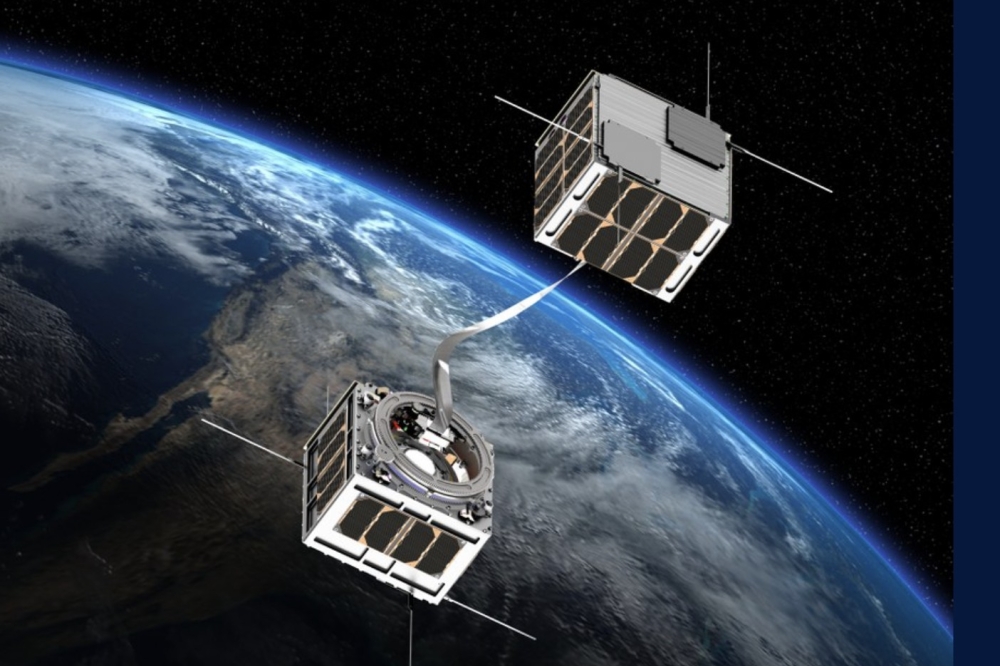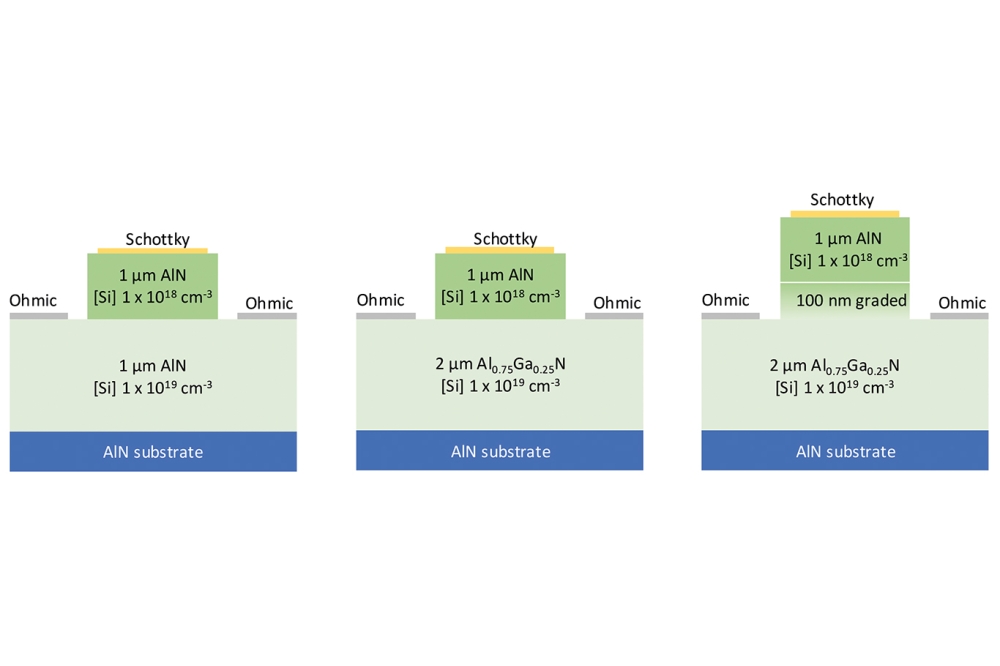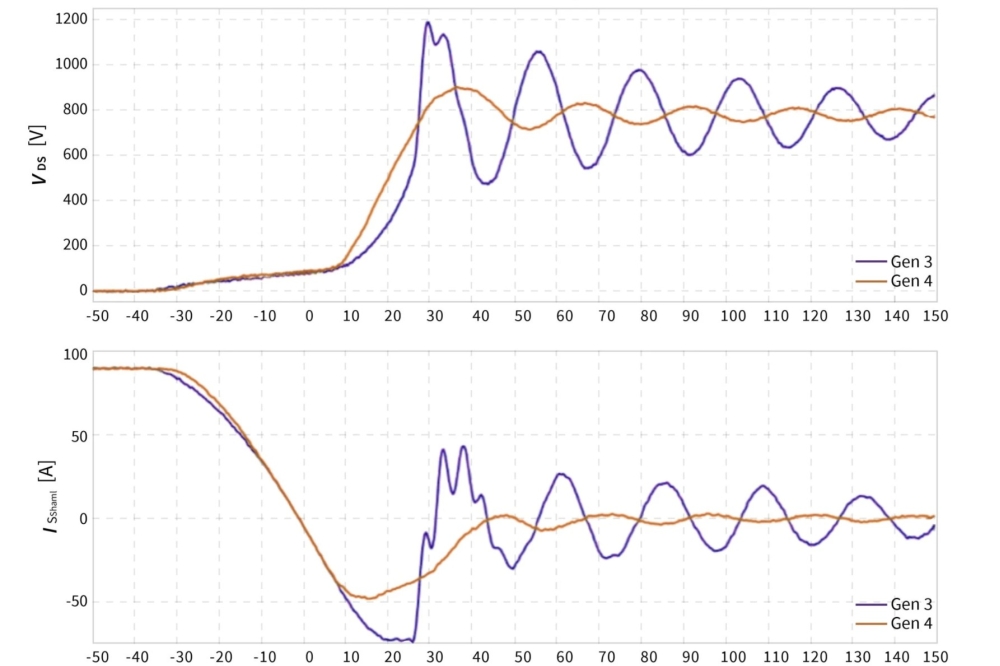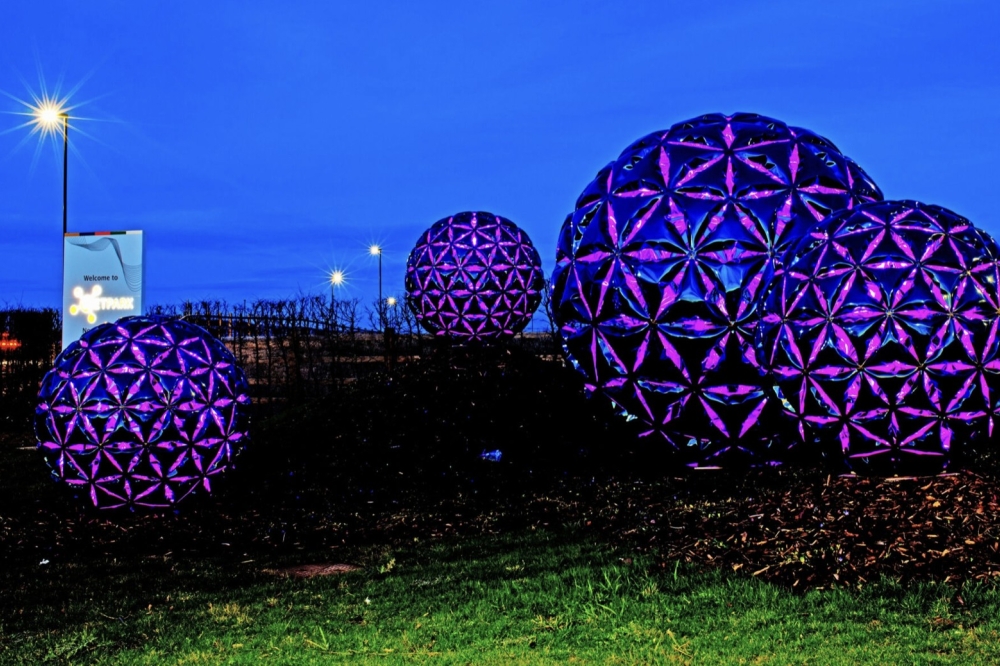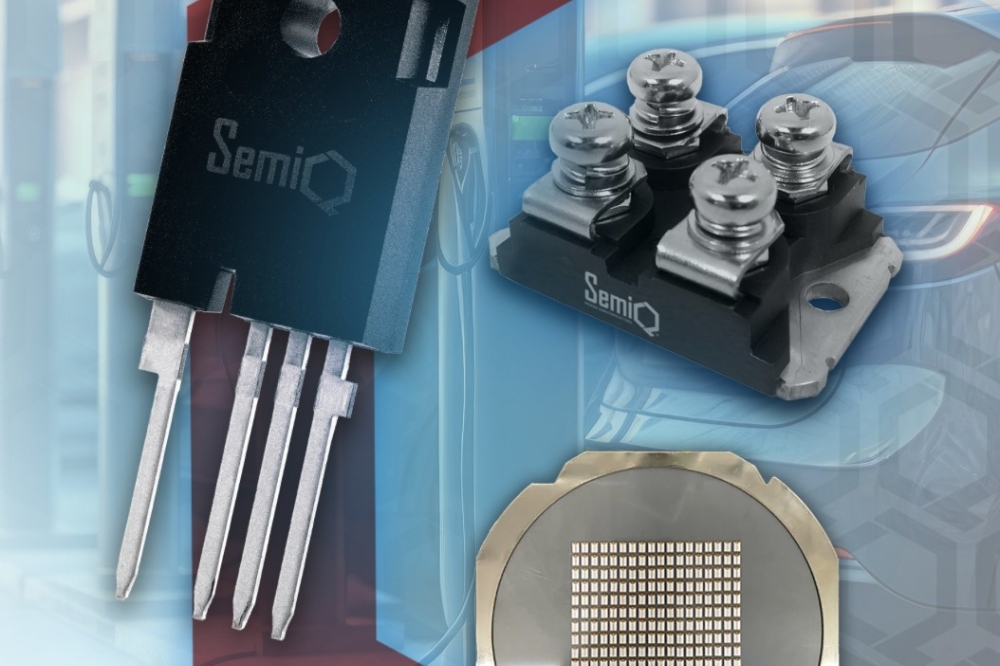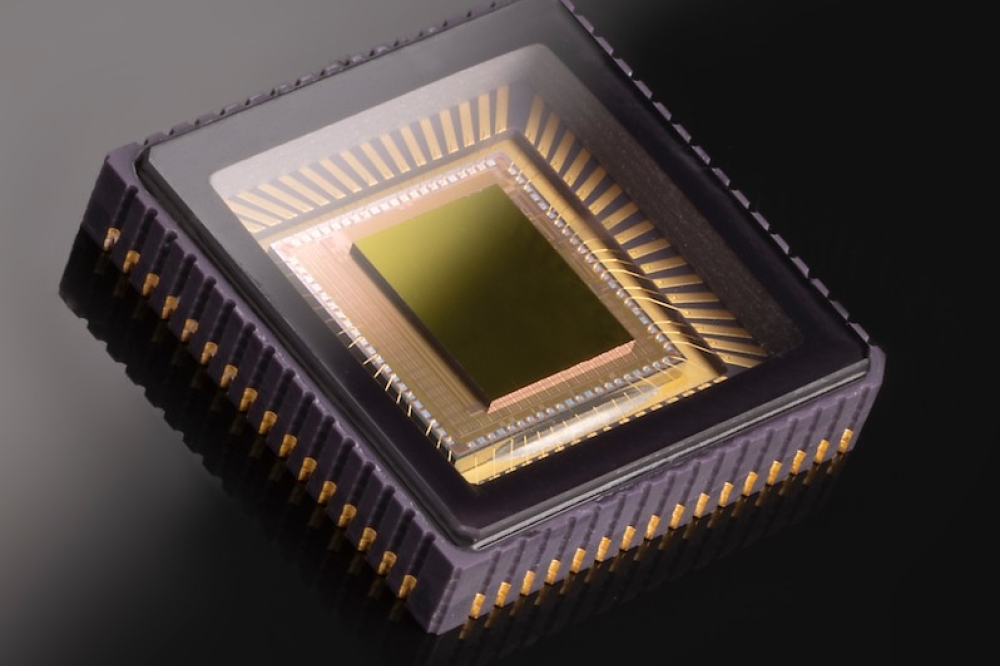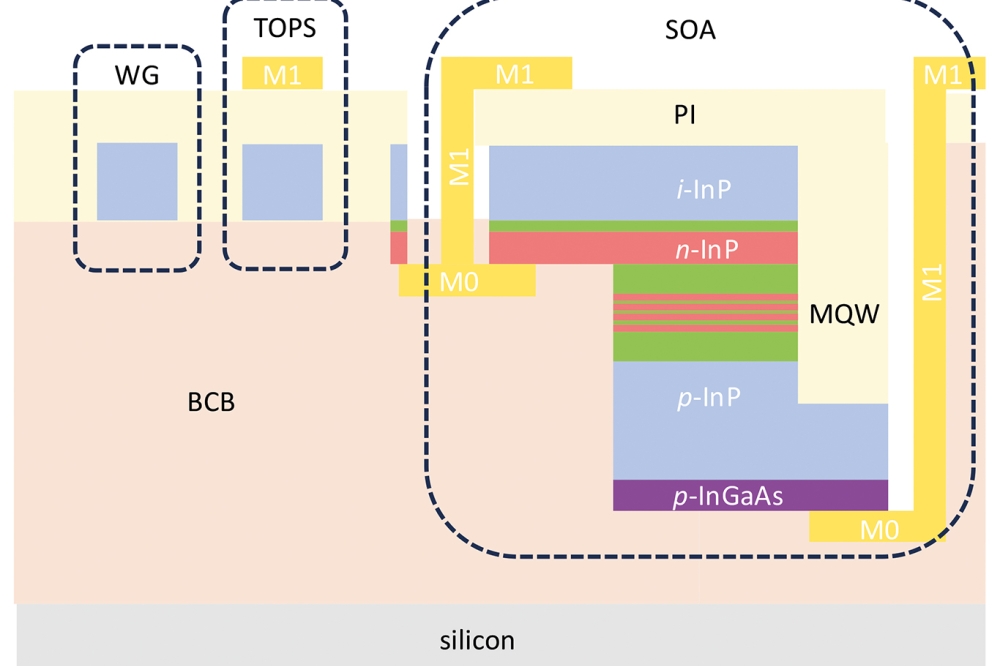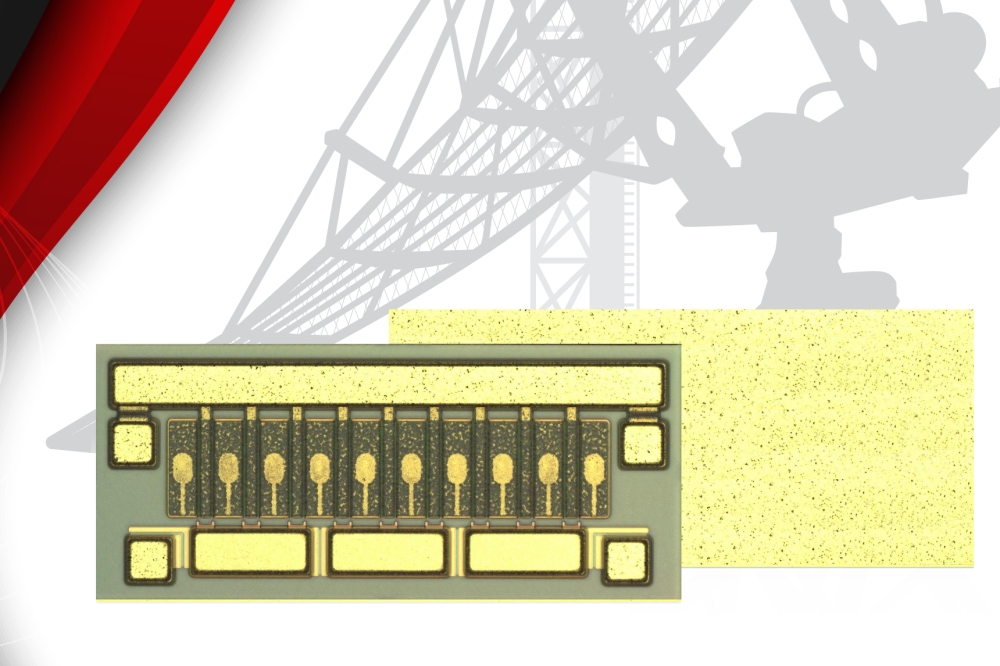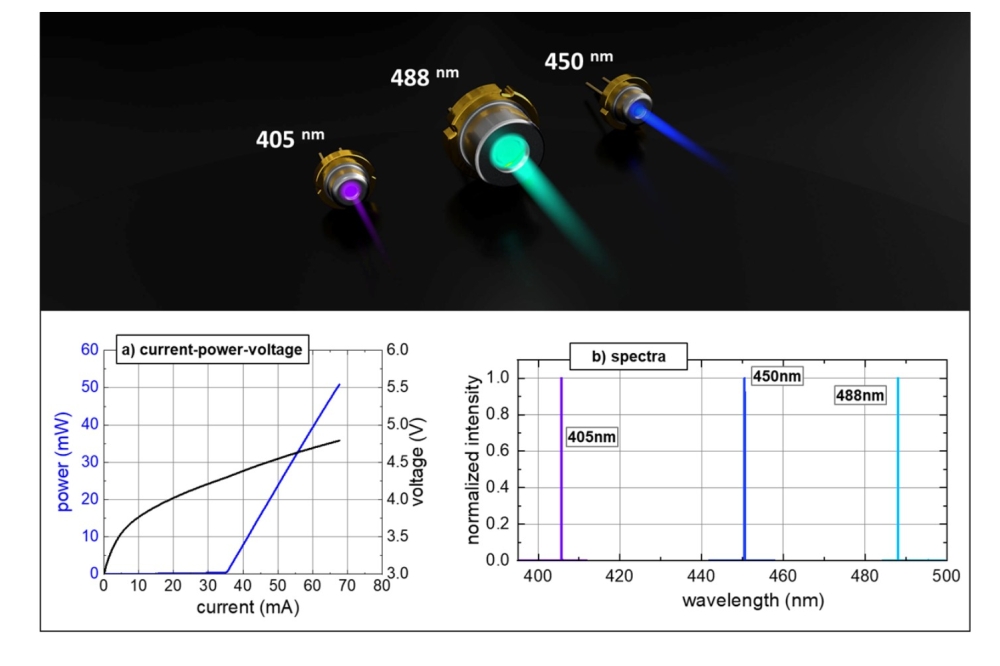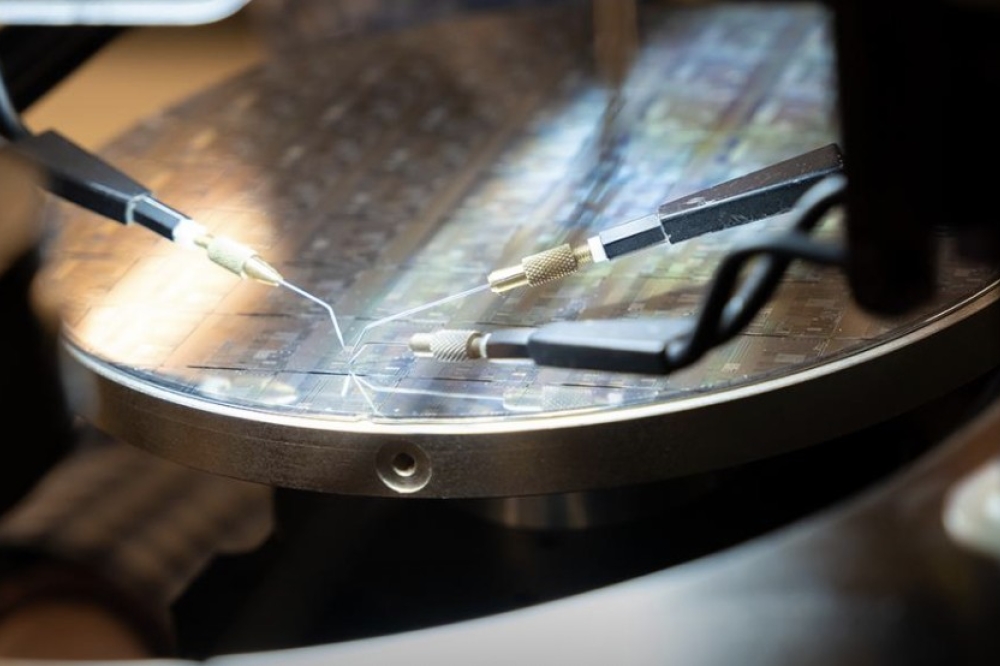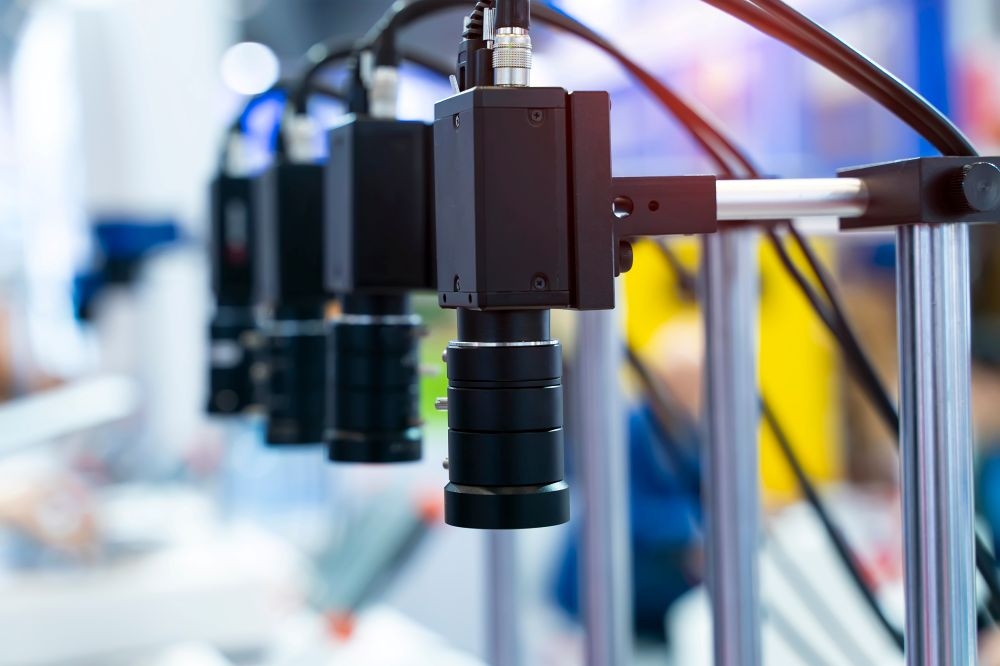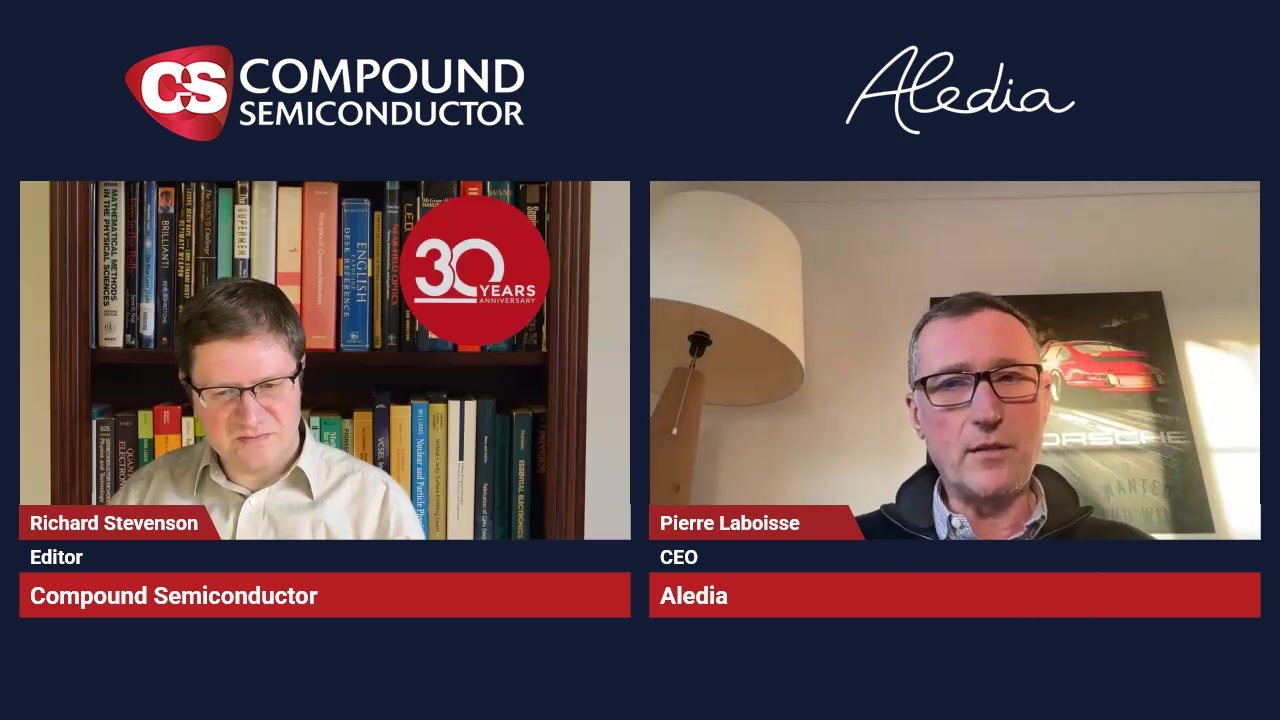Azur's solar cells powering ESA Jupiter mission

Triple junction GaInP/GaAs/Ge on a germanium substrate cover Juice's huge solar arrays
5N Plus Inc, a Canada-based maker of specialty semiconductors and materials, has played a key role in the European Space Agency’s Jupiter Icy Moons Explorer, Juice, mission. The solar cell technology comes from the company's German subsidiary Azur Space Solar Power GmbH.
The mission to Jupiter presented a unique challenge. The environment around Jupiter is characterised by low sunlight intensity and low ambient temperature (LILT) conditions as well as harsh particle radiation, which represent demanding operating conditions for solar cells. After extensive research and testing, Azur’s 3G28 solar cell technology was selected by ESA’s engineers to cover Juice’s 85 square metres of solar arrays, the largest ever built for interplanetary spacecraft.
Azur's triple junction 3G28 solar cells, made of GaInP/GaAs/Ge on a germanium substrate, have a beginning of life efficiency (BOL) of around 35 percent. They were laid down by Leonardo in Italy and integrated by Airbus Defence and Space in the Netherlands.
NASA’s future Europa Clipper mission to Jupiter moon Europa is also employing Azur’s 3G28 solar cells.
“It continues to be a privilege for 5N Plus to work in partnership with the world’s leading space agencies, such as ESA and NASA, to help, quite literally, push the boundaries of solar-powered space missions to the benefit of humankind. We are extremely proud of the Azur team for constantly innovating its solar cell technology and working in close partnership with our valued clients to help them achieve mission-critical projects,” said Gervais Jacques, president and CEO of 5N Plus.





